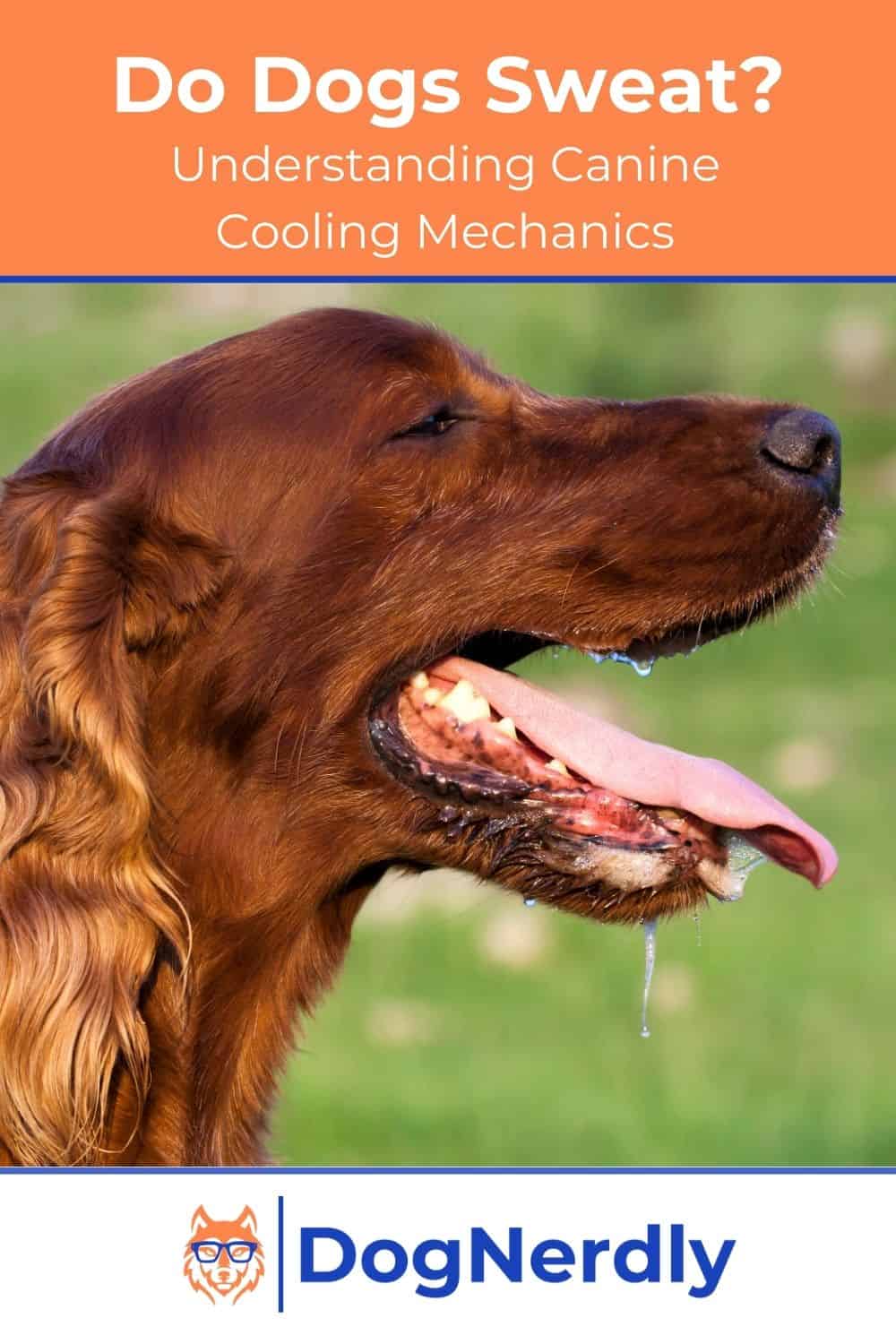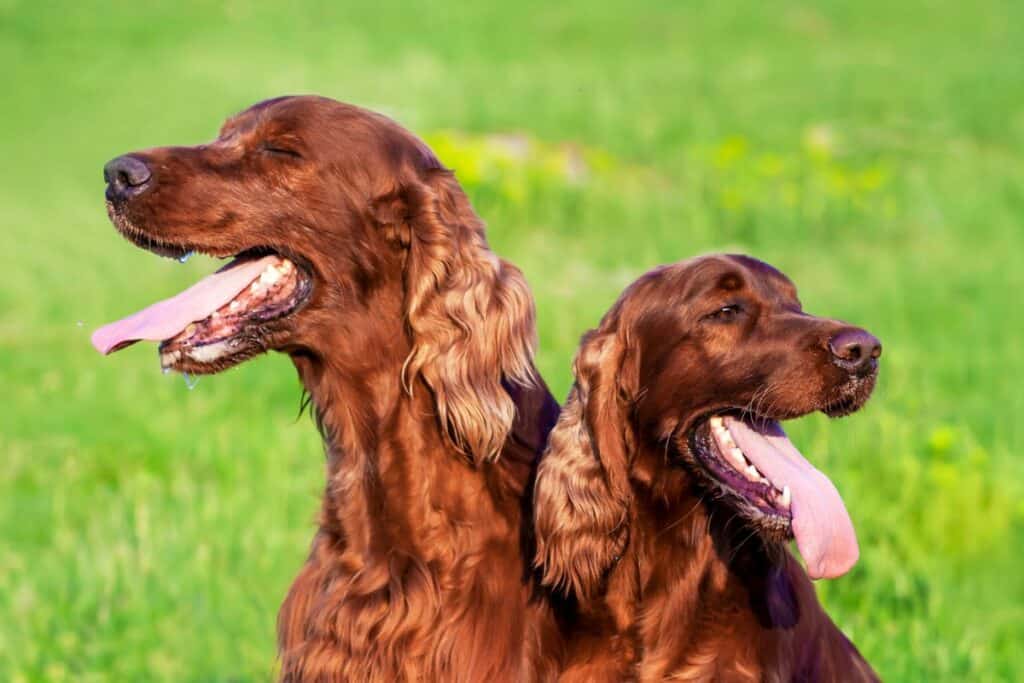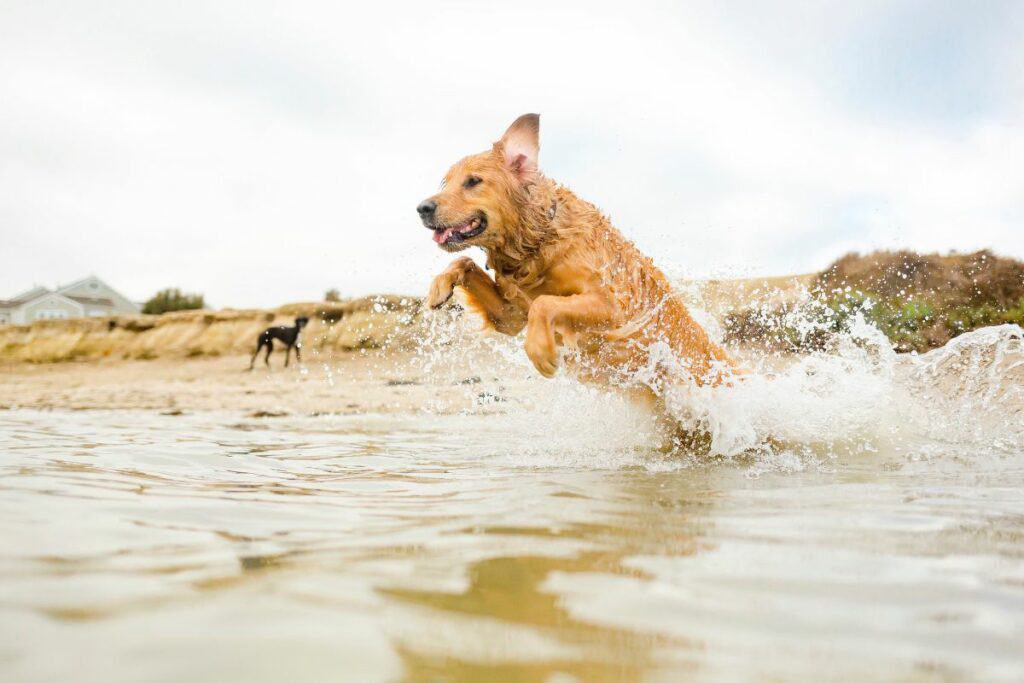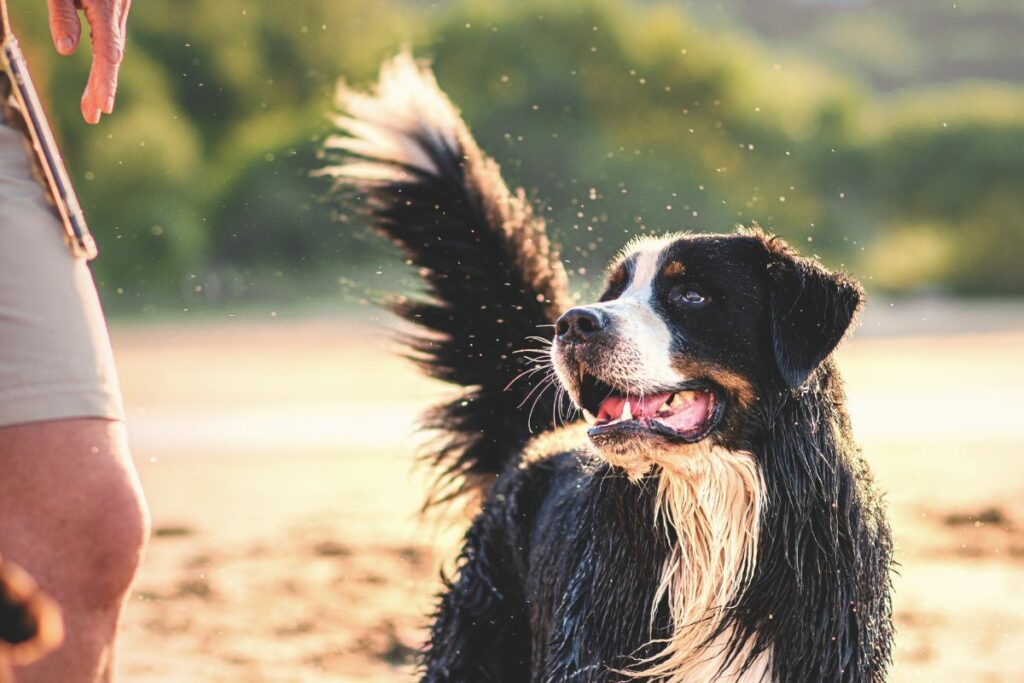"Do dogs sweat?" is a common question among pet parents. Understanding the mechanisms behind how our canine companions regulate their body temperature is not only intriguing but essential for their well-being. Unlike humans, who sweat across most of their body surface to cool down, dogs have a different approach to temperature regulation.
This article explores the unique ways dogs manage their body heat, with a special focus on sweaty paws, sweat glands, and the vital role of panting.
Why Do Dogs Sweat?
At first glance, it might seem like our four-legged friends are impervious to the heat, but dogs have their unique methods of sweating. The primary biological reason mammals sweat is to regulate body temperature. For dogs, this process is crucial during hot weather or intense activity to prevent overheating. Sweating in dogs, however, is part of a broader strategy to maintain their optimal body temperature.
How Dogs Regulate Their Body Temperature
Dogs primarily regulate their body temperature through panting. When a dog pants, it evaporates moisture from the tongue, nasal passages, and the lining of the lungs, cooling the body down as air passes over these moist tissues. This mechanism is much more significant in dogs than sweating through their paws or any other part of their body.
Vasodilation, the expansion of blood vessels, is another method dogs use to cool down. This process brings the blood closer to the skin's surface, allowing for more heat to be released into the environment.
Where Do Dogs Sweat From?
Dogs possess two types of sweat glands: eccrine and apocrine glands. Eccrine glands, which are responsible for the direct secretion of sweat, are found in a dog's paws. This is why you might notice damp paw prints from your dog on a hot day – a clear sign of those sweaty paws in action! However, it's important to note that this sweating plays a minor role in overall temperature regulation.
Apocrine glands, on the other hand, are found throughout a dog's body but do not primarily function to cool them down. Instead, these glands release pheromones that help dogs communicate with each other.
Additional Cooling Mechanisms in Dogs
Beyond sweaty paws and the limited use of sweat glands, dogs employ several behaviors to cool down. Seeking shade, lying on cool surfaces, and drinking water are instinctual ways dogs try to reduce their body heat. These behaviors, combined with panting and vasodilation, form a comprehensive cooling system that helps protect dogs from overheating.
Health Considerations Related to Dogs and Sweating
Understanding a dog's cooling mechanisms is crucial, especially to prevent heatstroke—a dangerous condition that can occur if a dog overheats. Signs of heatstroke include excessive panting, drooling, lethargy, and, in severe cases, collapse. If you suspect your dog is suffering from heatstroke, it's vital to cool them down gradually and consult a veterinarian immediately.
To support your dog's natural cooling processes, ensure they have access to shade and fresh water at all times, especially in hot weather. Avoid excessive exercise during peak heat and consider using cooling mats or vests as additional aids.
Understanding Stress Signals
While sweaty paws and panting are primarily associated with cooling down, they can also indicate stress or anxiety in dogs. Recognizing the difference between sweating from overheating and sweating due to stress is crucial for pet owners to understand their dog's needs and ensure their well-being.
Sweaty Paws as a Sign of Stress:
Sweaty paws, while a minor part of a dog's cooling mechanism, can also signal stress. When a dog is anxious or nervous, you might notice damp paw prints on surfaces, even in cool environments. This is because the eccrine glands in their paws, which are responsible for sweat, can be activated by emotional stress.
Panting and Stress:
Panting, although primarily a cooling response, can also be a reaction to stress. Unlike the consistent, heavy panting seen during or after physical exertion or exposure to high temperatures, stress-induced panting may be accompanied by other signs of anxiety, such as whining, pacing, or licking lips frequently.
Recognizing the Difference
- Context: Consider the environment and recent activities. If it's not particularly hot and your dog hasn't been physically active, their panting or sweaty paws may be due to stress.
- Body Language: Look for other signs of stress or anxiety in your dog's body language. A stressed dog might also exhibit a lowered posture, tucked tail, ears pinned back, or avoidance behaviors.
- Duration and Intensity: Stress-related panting and sweating usually coincide with specific stressors and will subside once the stressor is removed or the dog has calmed down. In contrast, panting from overheating will be more persistent and may take longer to normalize.
Addressing Stress in Dogs
If you suspect your dog's panting or sweaty paws are due to stress, identifying and removing the stressor is the first step. Providing a safe, quiet space for your dog can help them calm down. Consistent training, socialization, and, if necessary, consultation with a veterinary behaviorist or a professional dog trainer can also be beneficial for managing stress and anxiety in dogs.
Understanding the nuances of your dog's physical responses is key to providing the best care. By recognizing the signs of stress versus overheating, you can ensure your furry friend stays not only cool but also happy and relaxed.
Frequently Asked Questions
Not exactly. While all dogs have sweat glands in their paws, breeds with thicker coats or brachycephalic breeds (short-nosed, like Bulldogs or Pugs) may have a harder time cooling down and require extra attention during hot weather.
Excessive sweating through the paws is rare but can indicate stress or overheating. Always ensure your dog can cool down effectively and seek veterinary advice if you're concerned.
Signs of overheating include excessive panting, drooling, lethargy, and a higher-than-normal heart rate. In severe cases, dogs might vomit, have diarrhea, or show signs of confusion.
Provide plenty of fresh water, access to shaded or cool areas, and limit exercise during the hottest parts of the day. Consider using cooling mats, vests, or fans to help them stay comfortable.
Yes, brachycephalic breeds, dogs with thick fur, and those with pre-existing health conditions are more susceptible to overheating and require closer monitoring during warm weather.
Key Takeaway
While dogs do sweat, primarily through their paws, this mechanism plays a minor role in their overall temperature regulation. Panting and behavioral adaptations are crucial for keeping your canine companion cool. As a pet owner, understanding these mechanisms and recognizing the signs of overheating can make a significant difference in your dog's comfort and health during the warmer months.

Joseph Schifano is the President of The Academy of Pet Careers and Founder of DogNerdly.
With over 20 years of professional pet experience, Joseph got his start as an owner/operator of a 7-figure, all-inclusive pet care business. From there, he purchased The Academy of Pet Careers with a hopes of improving the quality of care provided by industry professionals. This role allowed Joseph to rub shoulders with some of the biggest names in the industry, and gain knowledge in every aspect of pet care.
After witnessing the popularity of social media influencers and the amount of misinformation being taught to pet parents, Joseph decided to create DogNerdly. The goal was to provide science-backed education for the average dog nerd in order to create a world where dogs and humans can live a more harmonious and empowered lifestyle.




